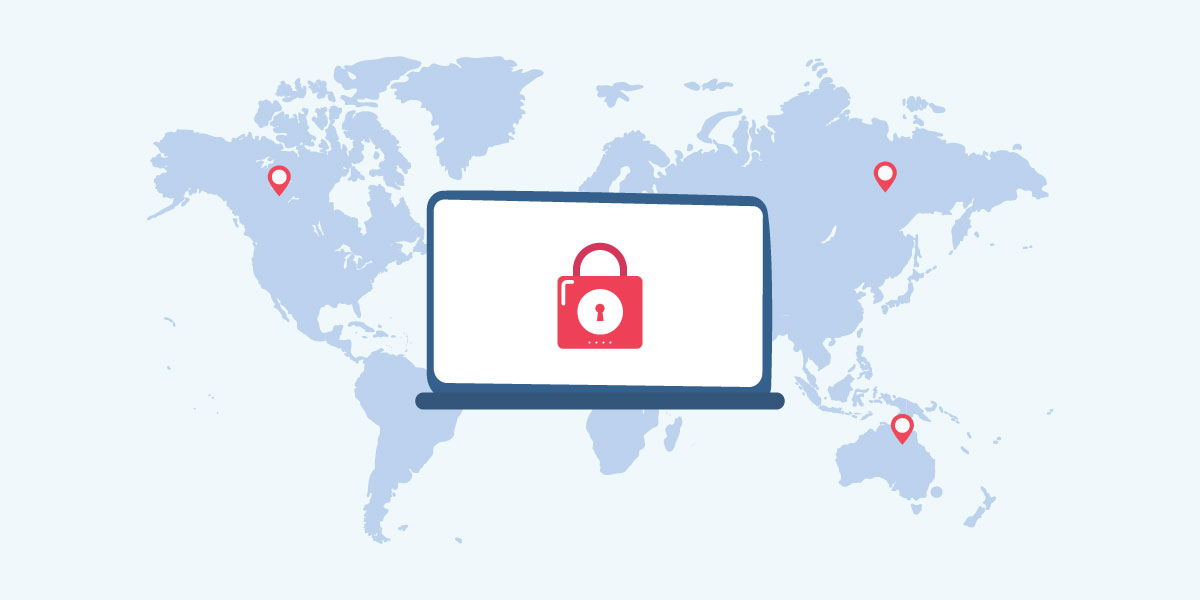
Streaming services such as Netflix, Hulu and Disney+ are fast replacing the traditional over-the-air or cable TV services. Customers prefer to subscribe to these due to the availability of on-demand content. In today’s world, everyone is busy with work, family and life in general. They don’t have time to sit around to wait for their favorite programs. They want to see it whenever they feel like it, hence the big uptake in streaming service subscriptions. However, the downside of streaming services is that the providers will usually implement geo blocking to prevent customers from outside a certain region from accessing some contents.
Why streaming businesses implement geo blocking?
There are many reasons why steaming service providers go to the effort to deploy geo blocking. The main reason is because of licensing restrictions. Movie studios like to dictate when and where specific contents can be streamed. Any licensing deals with streaming providers includes clauses such as which region can access certain contents as well as when. Streaming customers from the United States usually will get access the earliest for most contents. Regions further away such as Southeast Asian countries may only get access months later.
Piracy concerns and pricing differential are important factors that influence such licensing decisions. Ultimately, it boils down to maximizing the return on investment. For example, customers from the United States are able to afford to pay more for their streaming privileges vs. other countries. Therefore, restricting early access to only the United States makes sense as streaming providers can earn more before relaxing geo blocking restrictions later on.
In addition, the United States has better enforcement when it comes to digital piracy so there are less chances that bootleg copies of the contents will appear on the Internet. After maybe 6 months to a year, contents can be released into other markets at a cheaper price to appeal to people from lower-income countries.
How customers are circumventing geo blocking?
Tech-savvy customers use proxy servers such as VPNs to work around the geo blocking limitation. By connecting to a VPN server in the United States, users can access restricted contents. Wish to watch the latest series or movies? No problem! Just use a VPN server when subscribing and accessing a streaming service. Other users may choose to subscribe from a region with cheaper pricing. Again, VPNs can help mask the user’s location when subscribing.
Streaming services can now easily block such customers with IP2Proxy
Streaming service providers are in violation of their license agreements if users outside of their licensed regions can access contents. Therefore, they have to implement geo blocking to protect themselves legally. They will incur losses as well whenever a customer can subscribe via a cheaper priced region.
Fortunately, IP2Proxy contains data about proxies such as VPNs and residential proxies. Using these data, streaming services can detect and block whenever users are utilizing proxies to gain an edge. The proxy detection database is updated daily hence IP2Proxy provides faster detection of the latest proxies. This translates into less financial losses by preventing unscrupulous customers from consuming unauthorized contents.
Conclusion
IP2Proxy data covers the major proxy providers which will enable streaming services to easily block most of the unauthorized customers. Detection of the notoriously elusive residential proxies is a huge advantage. The combination of geo blocking and IP2Proxy proxy detection is a sure-fire way to prevent financial losses for the streaming service providers.
